

Game Rant’s J.C. Reeves reviews Splinter Cell 3D
In Tom Clancy’s Splinter Cell 3D, Sam Fisher is up to his old tricks, sneaking his way onto the franchise’s first Nintendo 3DS entry. The game is one of a many launch titles Ubisoft developed for the 3DS, a handheld that is off to a very slow start. Is this the game 3DS early adopters were looking for? Read our review to find out.
Splinter Cell 3D is a port of one of the most critically praised Splinter Cell games, Chaos Theory. Chaos Theory originally came out in 2005 and delighted fans of the stealth genre with a solid game that embodied what the series had been attempting to provide all along. Unfortunately, the updated 3D version is limited and rather dull to say the least.
When first booting up the game, a sense of fun and intrigue comes across when the game asks players to verify their identity by pressing their thumb on the fingerprint scanner (touchscreen) in order to sign in and gain access to the system. However, that sense of fun disappears shortly thereafter and it is immediately apparent that the game lacks depth. The campaign missions account for the entire game, meaning no bonus modes, co-op, or multiplayer component from Chaos Theory is included. Instead, players are left with a slow campaign mode that is average at best.
The storyline follows Fisher as he sets out to rescue a captured computer programmer and evolves into an adventure on a global scale. If you are a Tom Clancy fanboy you might dig this stuff, but I found it hard to stomach. Ubisoft throws in truckloads of unnecessary jargon, presumably in the hopes of giving the story a sophisticated appearance. None of the plot was intriguing and it didn’t help progress the gameplay or offer a reason to keep playing. It lagged on at a slow pace, seemingly to make up for the lack of missions. On a positive note, the voice-acting was good and I would love to see more handheld games follow suit and include full voice acting.
The gameplay is what one would expect from a Splinter Cell game and it offers plenty of stealth/action. There simply isn’t much variety to the gameplay. It is stealth, stealth, and more stealth. This might be ok if there was variety within the stealth , but it all feels the same. After completing a few missions players will have, for the most part, experienced all of the gameplay there is to be had. Subsequent missions are not much more than alternates on the same theme. Sneaking around the dim-witted AI is easy and there is never a sense of danger, even after alerting many guards.
I do have to admit that my style of play is not particularly suited towards stealth, since I tend to be the guy who runs out with guns blazing in Halo: Reach or tries to get as many cops as possible chasing me in Grand Theft Auto. Nevertheless, I played Splinter Cell 3D my way and the way it was meant to be played and can confidently say that the gameplay is bound to grow old quickly – even for those who have an affinity for stealth games. In addition to this, multiple things break the immersion of the game. Large 3D blocks of text pop up in game to alert you of mission objectives and often mission briefings will still be going on as Sam approaches guards. It is really bizarre to sneak up on a guard without him noticing, while Fisher cracks one liners to his comrades over the radio. There is fun to be had for gamers dying for Splinter Cell action, but everyone else will be put off by the gameplay that consists of sneaking from room to room and triggering mission points.
The game really falls apart when it comes to the 3D. The graphics themselves are quite good for a handheld device, but the 3D effect seems rushed and is painful to watch. When the 3DS is in its “sweet spot” the 3D visuals are passable, but it quickly becomes more of a chore than it’s worth to deal with. The game contains many dark environments for Fisher to hide in and I often found my eyes having to strain to see things clearly. After that, the game was hard to get back into and I often had to put the game down for several minutes at a time before continuing. The 3D implementation was worse than a lot of other 3DS titles and was a large factor in bringing Splinter Cell 3D down. The cutscenes were graphically impressive though and gave a taste of what the 3DS is capable of.
While the story and repetitive missions may not be something to write home about, Splinter Cell 3D excels in its controls. Ubisoft did a great job mapping all the actions and commands to the available buttons and utilizing the touchscreen in a clever way. The touchscreen controls were all designed to be pressed with the player’s thumb rather than a stylus. There are two main buttons on the touch screen — one on the left and the other on the right. The left button cycles between a list of available context actions and the left touch screen button performs the selected action. After getting used to this new method, the controls are easy to use on the fly. In fact, the controls impressed me a lot and are evidence that the 3DS has the potential to support a FPS in the future.
There is plenty to nitpick at in Splinter Cell 3D and many little things that hurt the game overall. Throughout the campaign, there were a few minor bugs that caused the player to get stuck against objects and have to wai to break free. Also, the game often had to load in weird places. Game developers take note: never have a loading screen halfway through climbing a flight of stairs.
All in all, Splinter Cell 3D is a very average game. Its pros and cons balance each other out for the most part and the end result is a game that ultimately leaves the player with a feeling of “meh.” The controls work well and the stealth gameplay is fun for a short amount of time, but the bad 3D effects and lack of features are difficult to overlook. If you’re a fan of the Splinter Cell series and desperate for something to play on your 3DS, this game might be for you. Otherwise, I’d advise staying away from what will likely be a mediocre experience.
Tom Clancy’s Splinter Cell 3D is available now on the Nintendo 3DS.
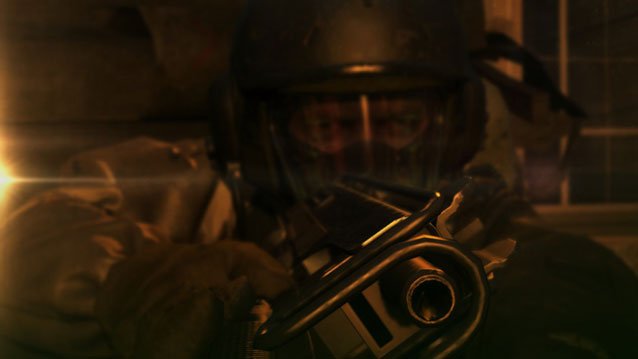



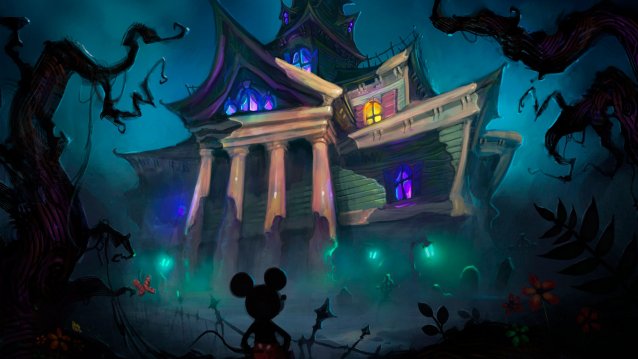 Disney Epic Mickey Wallpapers in HD
Disney Epic Mickey Wallpapers in HD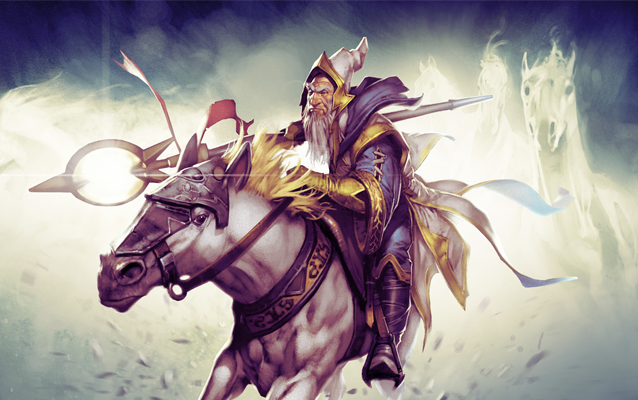 Dota 2’s 6.81 Patch Is Live! Here Are The Most Important Changes
Dota 2’s 6.81 Patch Is Live! Here Are The Most Important Changes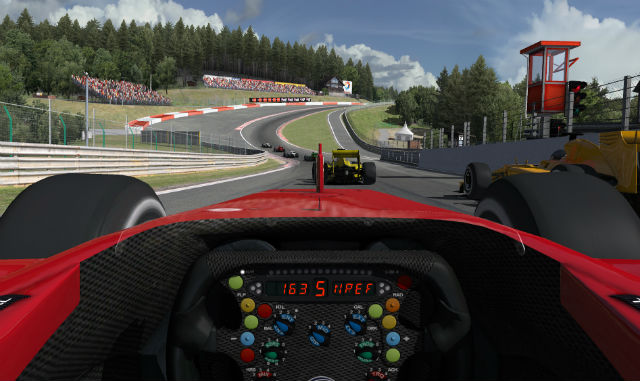 4 Of The Most Hardcore Racing Simulators You Can Play On PC Right Now
4 Of The Most Hardcore Racing Simulators You Can Play On PC Right Now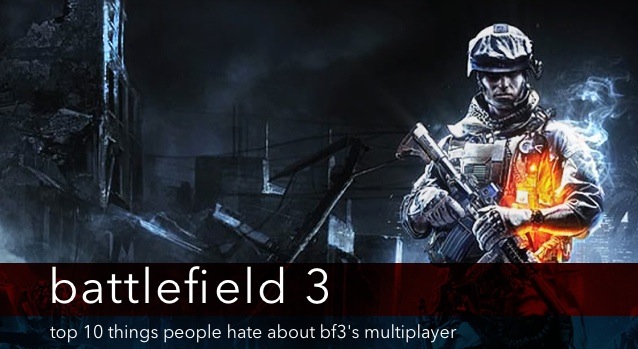 Battlefield 3: Top 10 Things People Hate About BF3s Multiplayer
Battlefield 3: Top 10 Things People Hate About BF3s Multiplayer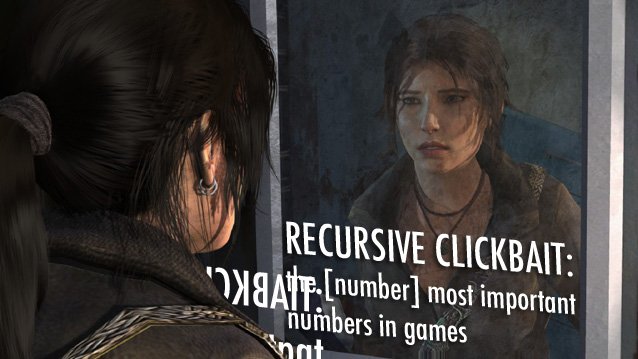 RECURSIVE CLICKBAIT: The [Number] Most Important Numbers in Video Games
RECURSIVE CLICKBAIT: The [Number] Most Important Numbers in Video Games